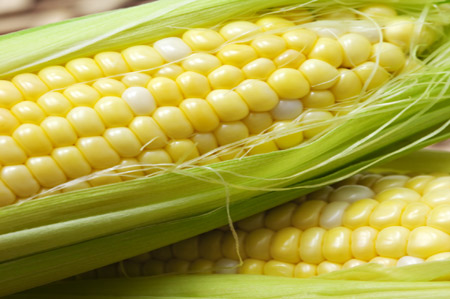 (Agriculture.com) – December 2013 corn futures prices have demonstrated a very erratic pattern since early February, with a trading range of about 70 cents. Prices have reflected both old-crop and new-crop fundamentals, including expectations about producer planting intentions and the likely timeliness of planting.
(Agriculture.com) – December 2013 corn futures prices have demonstrated a very erratic pattern since early February, with a trading range of about 70 cents. Prices have reflected both old-crop and new-crop fundamentals, including expectations about producer planting intentions and the likely timeliness of planting.
The price of that contract declined during February, moved higher during March, and dropped sharply following the USDA’s March 28 release of the Grain Stocks and Prospective Plantings reports. March 1 stocks of corn were much larger than expected and producers confirmed intentions for large corn plantings again this year. New crop futures have been choppy over the past two weeks as the start to planting in the Corn Belt has been delayed. The price is currently near the bottom of the recent range. As usual, planting delays raise questions about the likely magnitude of corn acreage and the potential impact on average yields. Some indication of the potential acreage impact of continued delays in planting is revealed in the historic acreage response in years of late planting. There is no standard definition of late planting for corn. Based on research of yield response to planting date, we have previously defined late planting for most of the production regions as occurring after May 20. Based on this definition and the USDA reports of weekly planting progress, we calculate the percentage of the crop planted late each year.
Since 1990, there have been 10 years when the USDA’s weekly Crop Progress report indicated that 20 percent or more of the corn crop was planted late by our definition. The final USDA estimate of planted acreage was less than Intentions reported in March in 9 of those years. However, the difference between intentions and actual acreage was large only in 1993 and 1995 when 42 percent and 47 percent of the acreage was planted late, respectively. Planted acreage was 3.247 million (4.2 percent) less than intentions in 1993 and 3.844 million (5.1 percent) less than intentions in 1993. In the other seven years, when late planting ranged from 20 percent to 37 percent, acreage was less than intentions by an average of only 335,000 acres, ranging from 32,000 to 691,000 acres. In 2009, when 29 percent of the crop was planted late, acreage exceeded intentions by 1.396 million acres even though prevented corn acreage was reported at nearly 1.9 million acres.
Historical corn acreage responses suggest that large declines from intentions occur only under conditions of extreme planting delays. However, responses have varied widely from year to year. In addition, the analysis here does not consider state-by-state acreage responses. For the current year, concerns about planting delays are focused on the northern Plains and upper Midwest where snow accumulations point to the potential for more prolonged delays. These are the areas with a much narrower planting window for optimal corn yields. Corn acreage below intentions in those areas would not be a surprise since acreage is shifted to crops with a shorter growing season or is not planted at all. However, such declines could be offset by increases in areas with more timely planting. Overall, slightly less corn acreage than reported in March seems likely if planting delays continue. Expectations about corn acreage will begin to firm up after the current week of generally rainy weather in the Corn Belt and a more accurate assessment of corn acreage will be available in the USDA’s June 28 Acreage report.




